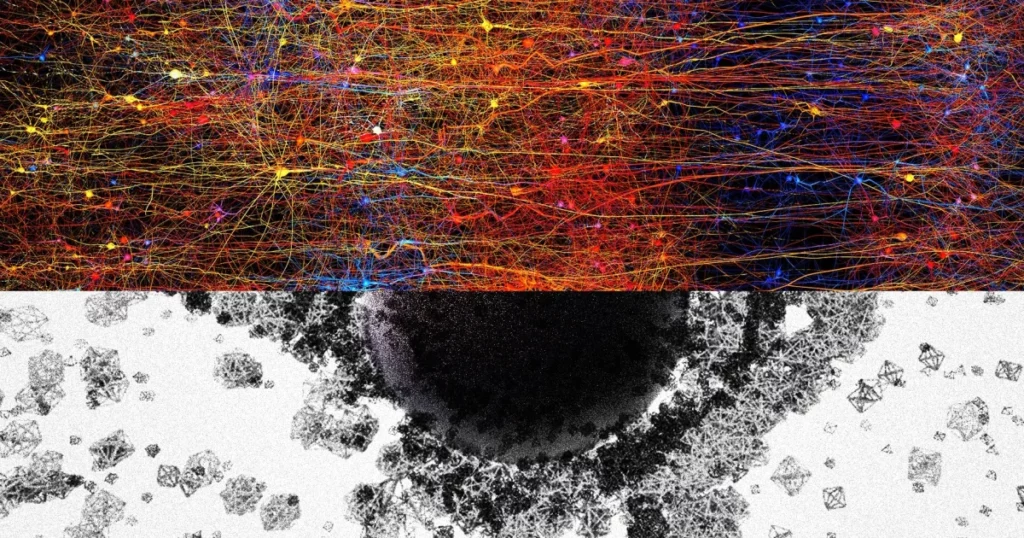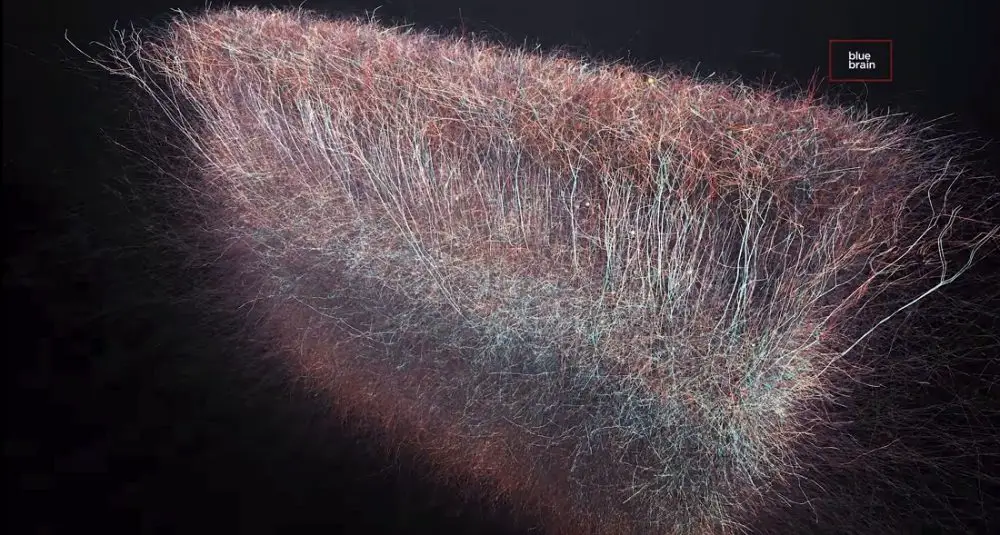The human brain has always been a subject of intrigue and mystery. Scientists have long been attempting to unravel its complexities to better understand its inner workings.

Table of Contents
In a groundbreaking study, researchers have discovered that the human brain builds structures in 11 dimensions as it processes information. This discovery has far-reaching implications for neuroscience and artificial intelligence. The research paper, titled “Cliques of neurons bound into cavities provide a missing link between structure and function,” is authored by the Blue Brain team led by Reimann et al.
Don’t want to read? Watch it as a video:
The 11-Dimensional Structures: Simplices
The study reveals that the human brain forms structures known as simplices, which exist in 11 dimensions. These simplices are multi-dimensional geometric shapes that represent the connections and relationships between neurons in the brain. The higher-dimensional simplices are believed to be responsible for the brain’s ability to process and store complex information.

The Blue Brain team used advanced mathematical models and computer simulations to explore the brain’s structure and function. They discovered that the neurons in the brain form complex networks and cliques that can be organized in up to 11 dimensions. These higher-dimensional structures provide a deeper understanding of the brain’s complexity and challenge our current understanding of the brain’s organization.
Implications for Neuroscience and Artificial Intelligence
The discovery of 11-dimensional structures in the human brain has significant implications for neuroscience and artificial intelligence. Understanding the brain’s complex organization can help researchers develop more accurate models of brain function, which can be used to improve treatments for neurological disorders and develop more sophisticated artificial intelligence systems.
Moreover, this research can pave the way for new avenues of exploration in the field of neuroscience. By studying the higher-dimensional structures in the brain, researchers can gain valuable insights into how the brain processes and stores information, leading to a better understanding of cognition, memory, and decision-making.
More to read:
BREAKING: NASA discovers the perfect cave for humans to live in on the moon
Scientists discover possible connection between human brain and cosmos on a quantum scale
Challenges and Future Directions
Despite this groundbreaking discovery, there are still many challenges ahead for researchers studying the brain’s 11-dimensional structures. One of the primary obstacles is the limited understanding of the brain itself. The brain is an incredibly complex organ, and much is still unknown about its inner workings.
Furthermore, technological advancements are necessary to study these higher-dimensional structures in more detail. Current imaging techniques and computational power are insufficient to fully explore and analyze the brain’s intricate structure. As technology advances, researchers will be better equipped to study the simplices and their role in brain function.
Conclusion
The discovery that the human brain builds structures in 11 dimensions has far-reaching implications for the fields of neuroscience and artificial intelligence. This groundbreaking research by the Blue Brain team provides a new understanding of the brain’s complexity and opens up new avenues for further exploration. While there are still many challenges ahead, this discovery is a significant step forward in our understanding of the human brain and its incredible capabilities. The research paper by Reimann et al. serves as a critical foundation for future studies and advancements in the field.
Research Paper Reference:
Reimann, M. W., Nolte, M., Scolamiero, M., Turner, K., Perin, R., Chindemi, G., … & Markram, H. (2017). Cliques of neurons bound into cavities provide a missing link between structure and function. Frontiers in Computational Neuroscience, 11, 48. DOI: 10.3389/fncom.2017.00048

